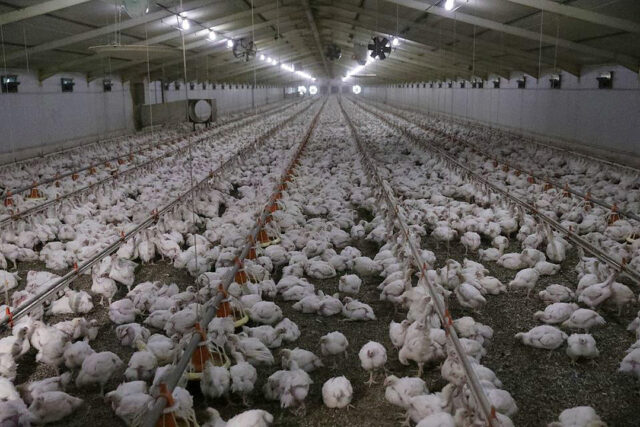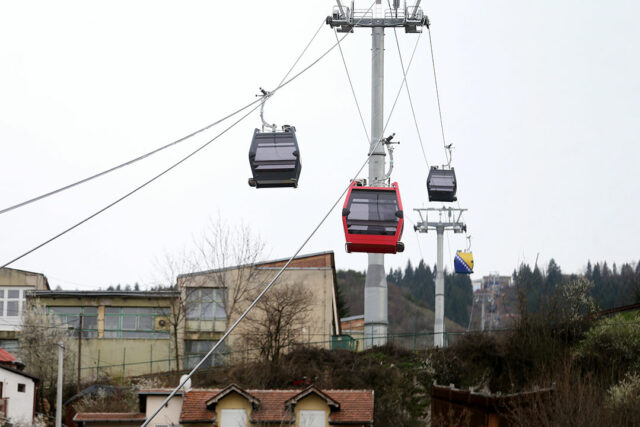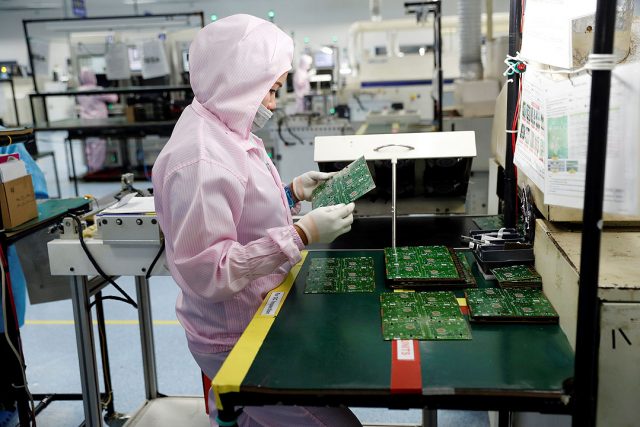THE Department of Transportation (DoTr) said the feasibility study for the Philippines’ first cable car project will be completed in a year, and added that the auction is expected to go the solicited route.
“It will be solicited. We are now working on the planning… The feasibility study needs to be completed first; it will take a year,” Transportation Secretary Jaime J. Bautista told reporters on the sidelines of a briefing on Wednesday.
The DoTr should team up with the private sector for the cable car project, transport experts said, adding that the project should be positioned as a tourism booster rather than a solution to road congestion.
“Solicited public–private partnerships (PPP) will always be a better choice for the government since they offer a level playing field for all bidders… The solicited route would be the best option. A cable car requires very extensive land right-of-way (RoW) acquisition,” Nigel Paul C. Villarete, senior adviser on PPP at the technical advisory group Libra Konsult, Inc., said via Viber.
Last week, the DoTr said the cable car system is expected to begin operations by 2028.
Metro Pacific Investments Corp. (MPIC) Chairman, President, and Chief Executive Officer Manuel V. Pangilinan said the company has no immediate plans to participate in such an auction but said the cable car system is probably feasible.
“From a technical point of view, I think it can be done. I think it is an interesting concept. There’s a Malaysian group that approached (us) about that. It looks interesting. I think the technology is there,” Mr. Pangilinan told BusinessWorld recently.
Last year, MPIC entered a partnership with Malaysian infrastructure firm Hartasuma Sdn Bhd. to explore innovative rail services and infrastructure.
The collaboration between the two companies aimed to explore various transportation modes like cable systems for both tourism and urban transport.
“Most mass transport projects pass over existing roads for most of their length, but cable cars are designed to bypass the road network so most of their length will be over RoW, which needs to be acquired. That’s a lot of land acquisition and private proponents would shy away from that,” Mr. Villarete said.
He said the solicited route is better for the project since the government will take primary responsibility for RoW acquisition.
Transportation Undersecretary Timothy John R. Batan has disclosed that the cable car route will connect the Taytay station of Metro Rail Transit Line 4 (MRT-4) to Antipolo City.
MRT-4 will cover 12.7 kilometers from Epifanio de los Santos Avenue (EDSA) Ortigas Ave. junction to Taytay, Rizal.
The cable project was deemed viable in a pre-feasibility study conducted by the Asian Development Bank (ADB), the DoTr said. Bidding for the project is expected to commence by 2026.
While the cable car system is being put forward as a possible solution to worsening road congestion, Mr. Villarete said the cable car system will not do much to address traffic problems.
“It might be very attractive and will surely help in tourism, but a cable car’s capacity is almost the same as cars on ordinary roads. It won’t contribute much to easing congestion,” Mr. Villarete said.
Enrico P. Villanueva, a senior lecturer at the University of the Philippines Los Baños Economics Department, said the cable car system, if done well, could become a “tourist magnet,” especially for domestic travelers.
However, former president of the Transportation Science Society of the Philippines Rene S. Santiago has expressed doubts about the project.
“Selling dreams that won’t see the light of day,” he said in a message, citing the previous administration’s proposals for cable car systems in other parts of the country.
Libra Konsult’s Mr. Villarete said the government must ensure RoW acquisition for the project to ensure timely completion.
“The right-of-way acquisition is still problematic. It might be up there in the air, but the government still needs to secure the RoW below it either by land acquisition, rental, or owner’s permission/agreement,” he added.
He said RoW for cable car projects is deemed challenging if the project traverses a built-up area.
“Cable cars are not built to evade right-of-way difficulties because they still requires RoW. I do not think everyone will agree to have a cable car above their homes,” he said.
The government’s infrastructure projects have been hampered by RoW issues, delaying their completion.
A 2016 law authorizes the government to acquire real property needed for RoW or for any National Government infrastructure project through donation, negotiated sale, expropriation, or any other mode of acquisition. — Ashley Erika O. Jose













